Creative home wall colour ideas to decorate any room.
Sometimes moving homes or making major changes to your existing one is just not possible. But, if you want to change the vibe of your space, giving it a fresh coat of paint is one of the easiest and cheapest ways to do it.
The right paint colour in the right places can magically transform any space into bigger, cosier, brighter or livelier. If you’re planning for DIY painting, here are some room painting ideas and colour hacks on how to paint strategically and smartly:
Hack #1: Make a room bigger
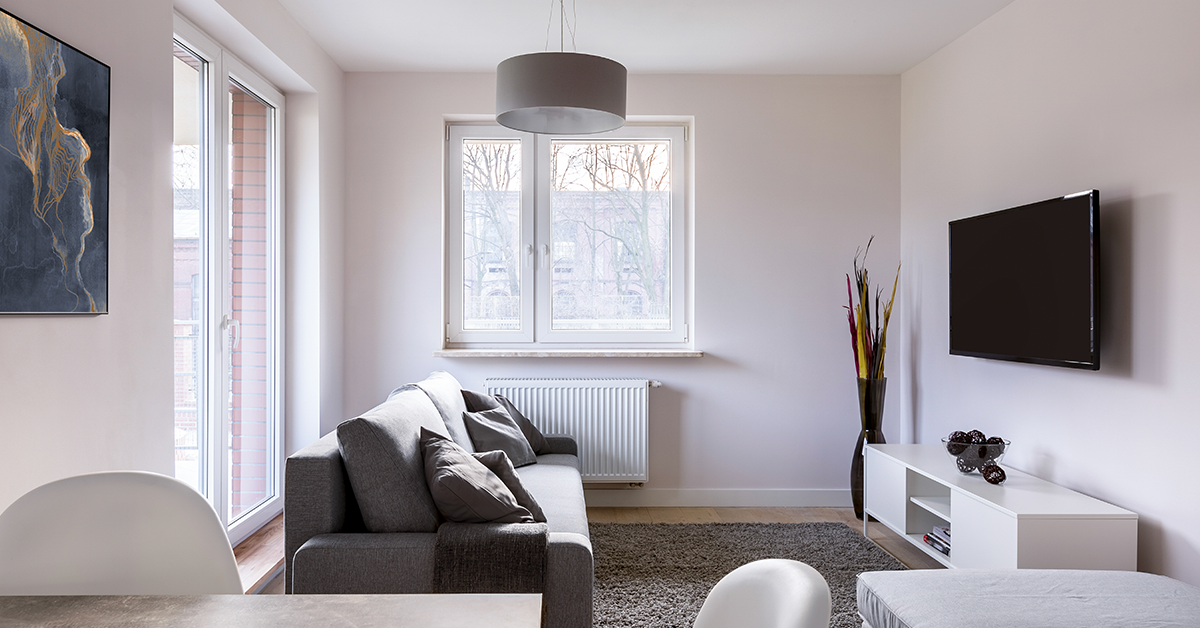
If you live in a small apartment, you probably know how hard it is to decorate. Besides getting the right scale of furniture (after double checking the measurements), using decor and art elements can be limited. But some smart wall paint tricks can create an illusion of space. Painting your ceilings, trim and doors the same colour gives your space a seamless look. Lighter colours can also do the trick and liven up the place. Room paint colours like white, cream and light blue make the place feel more airy and open, making them a great choice for small or cramped rooms.
Hack #2: Make a room cosy
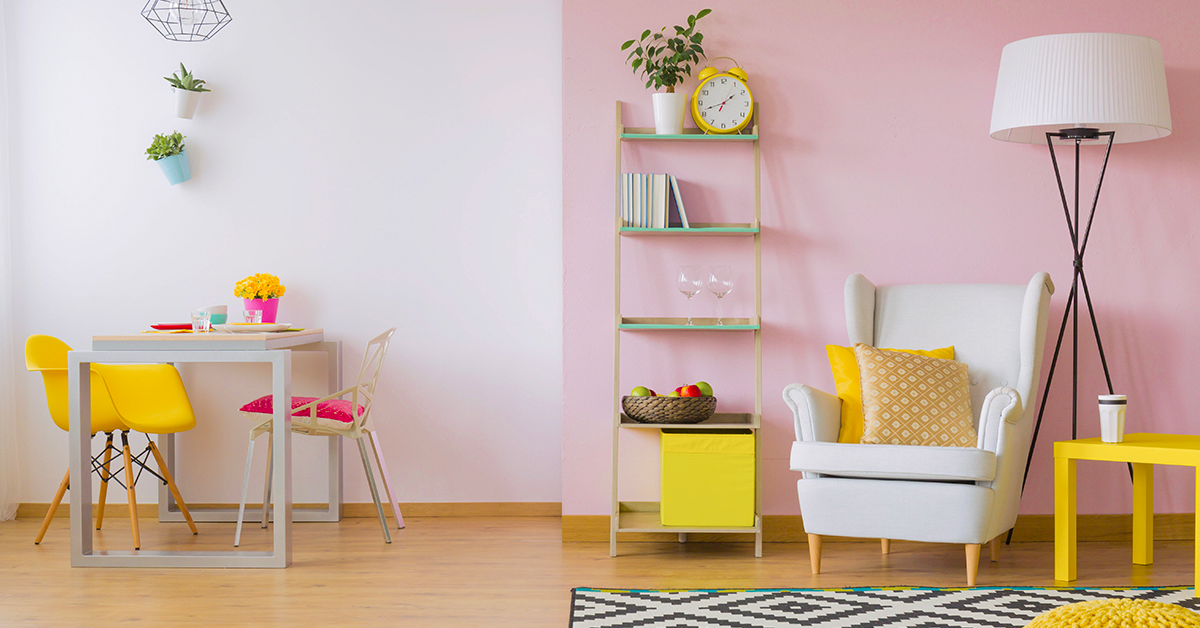
If you’re aiming for a cosy atmosphere, dark paint colours can make a room intimate almost instantly. For the ceiling, instead of traditional white paint, opt for a pastel or paler version of your wall paint to make the room seem less tall.
Hack #3: For a small room
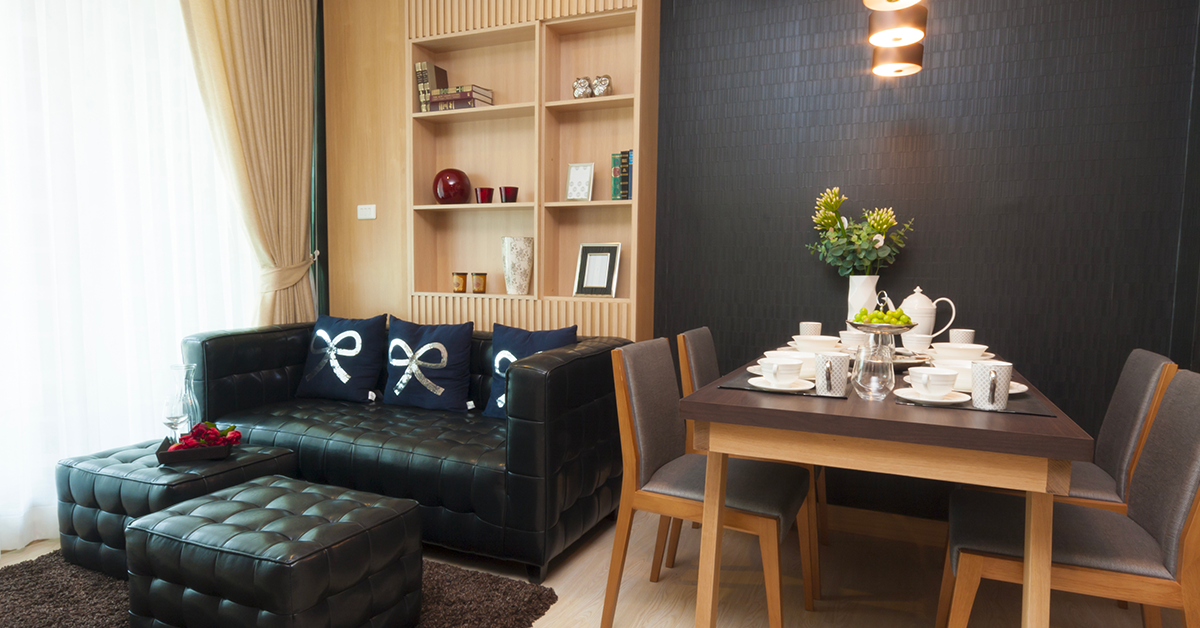
While light room paint colours can certainly make a room appear larger, don’t assume that they are your only colour options. Lighter walls, especially plain white walls, can make a room feel like a boring, featureless box. And if the space is a constraint wherein you cannot add colourful furniture or decor elements, blank walls offer a great canvas to add a bit of spunk. Dark colours can work in small spaces too. They create a dramatic, intimate feel and blur the edges of the walls. This helps create the illusion of a more expansive room.
Hack #4: Change the vibe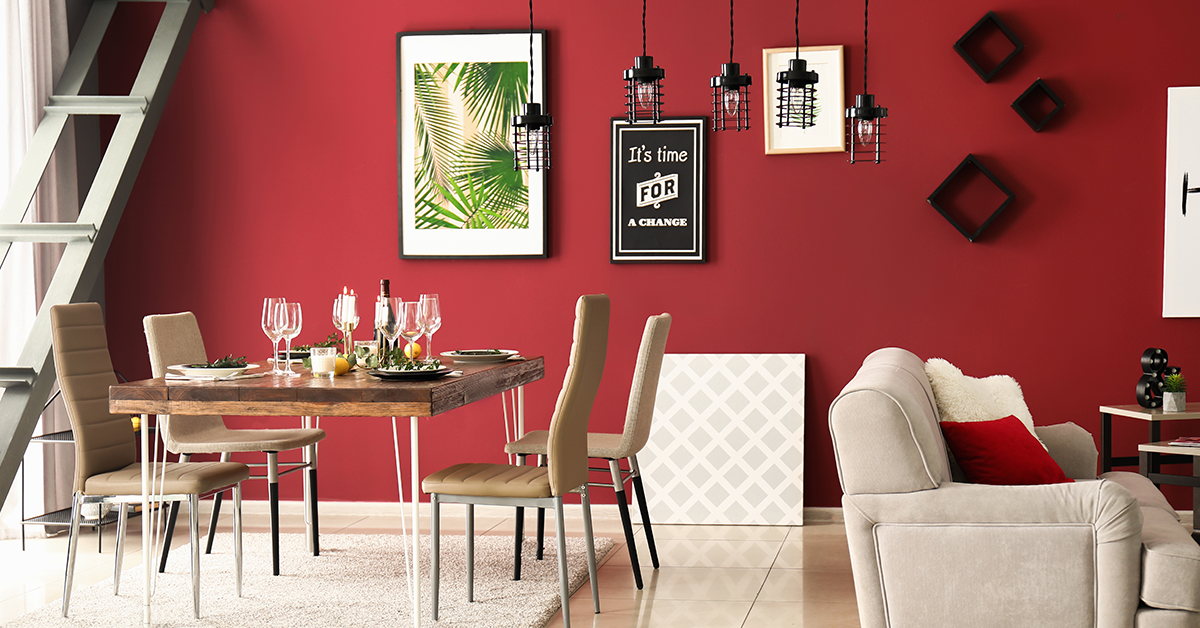
To increase the energy of the room, paint it in hues of red and orange. Since these colours are considered stimulating, avoid using them for the bedroom or meditation room and consider them for a room where you will be entertaining family and guests.
To make a room more relaxing, paint it blue. Ideal for bedrooms and bathrooms.
To make a room more warm and welcoming, paint it yellow. Yellow is also a great choice for hallways, dining rooms and kitchens.
Hack #5: Use colours and patterns to divide

Creative use of colours can help make a room cosy easily. Different colours and patterns can be used to break up large walls and blank spaces. With a light colour serving as a base to the room, dark colours can be used to divide up the room visually. Wall textures are another great way to add an element of interest. Textures give an interesting depth to the walls. But textures should be used sparingly, in small doses. A single wall or part of a wall done up with textures will give the best results.
If DIY is just not your thing, you can get ideas for wall colours and how to make a room look bigger with paint from our colour experts. Avail a personalised painting experience with the experts. Contact us today for a consultation and estimate. Call our toll-free number – 1800 103 6030 or SMS ‘XP’ to 56767

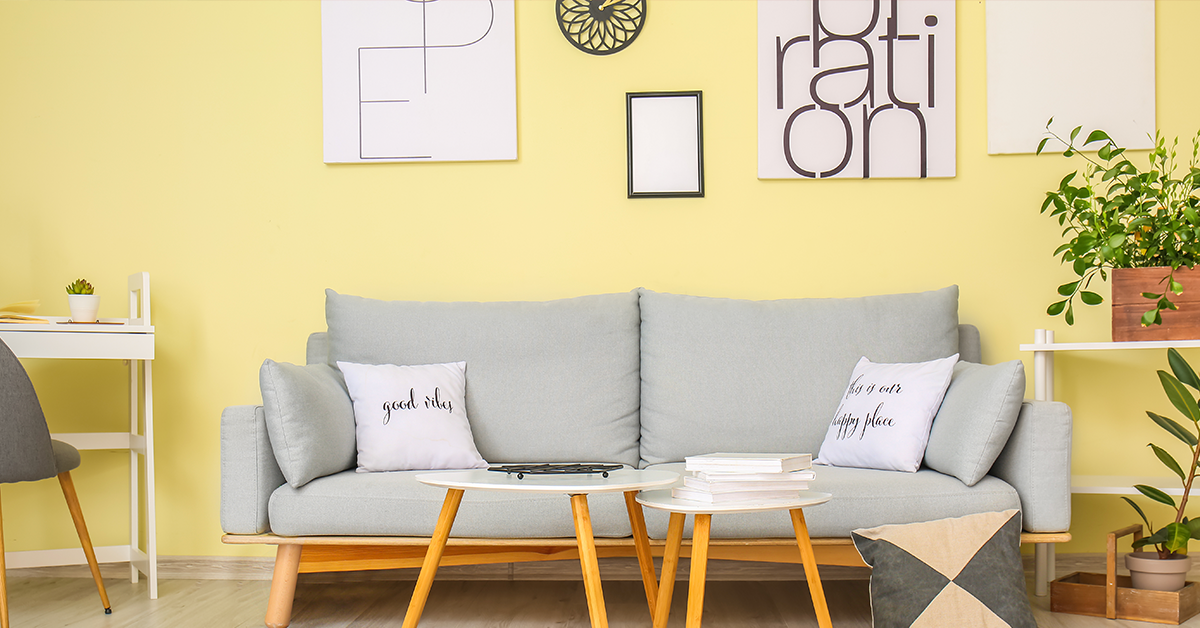
 Get in Touch
Get in Touch
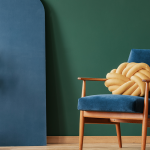
Great Article. I love to read your articles because your writing style is too good, it is very very helpful for all of us and I never get bored while reading your article because they become more and more interesting from the starting lines until the end.
Hello! We are thrilled to know that you find our articles informative and engaging! Do write back to let us know if you tried out any of the hacks mentioned in this particular article!